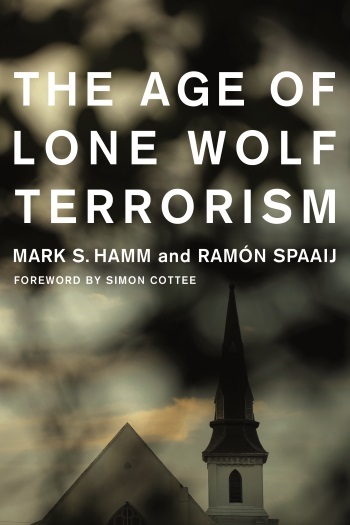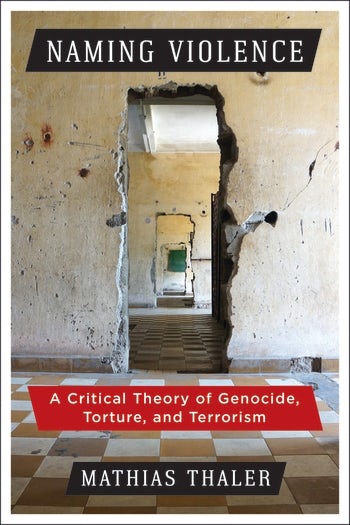Blake W. Mobley on Terrorism and Counterintelligence
“Terrorist counterintelligence vulnerabilities are common, predictable, and, with some ingenuity, can be exploited.”—Blake W. Mobley, Terrorism and Counterintelligence
Earlier this summer, Blake W. Mobley, author of Terrorism and Counterintelligence: How Terrorist Groups Elude Detection, took The Page 99 Test.
In taking the “test,” Mobley describes how page 99 of his book reflects larger issues and arguments of his book. As Mobley shows, on page 99, his description of Fatah and Black September’s efforts at counterintelligence reflects key components of terrorists’ strategies:
Page 99 brings the reader to the very core of the argument. A comparison of Fatah and Black September shows how the groups’ counterintelligence strengths and weaknesses varied according to their organizational structure and popular support. I note that Black September’s highly centralized command structure promoted significant vulnerabilities—specifically, standardized security procedures and centralized personnel databases, which the Jordanian and Israeli security services were able to exploit. However, the group’s centralized command structure was also a source of strength. It allowed Black September to “respond quickly” to security breaches, “replacing agents and changing its codes” to prevent extensive damage to the organization.
Mobley concludes by writing:
The key takeaway from page 99, and the rest of the book, is that terrorist counterintelligence vulnerabilities are common, predictable, and, with some ingenuity, can be exploited.
1 Response
Leave a Reply
You must be logged in to post a comment.






This study and said release goes in circles about issues in places
That may be considered counter-productive and require a minus 10 points to disscus. Lets talk about issues like criminal
Acts on ….well use your imagination…